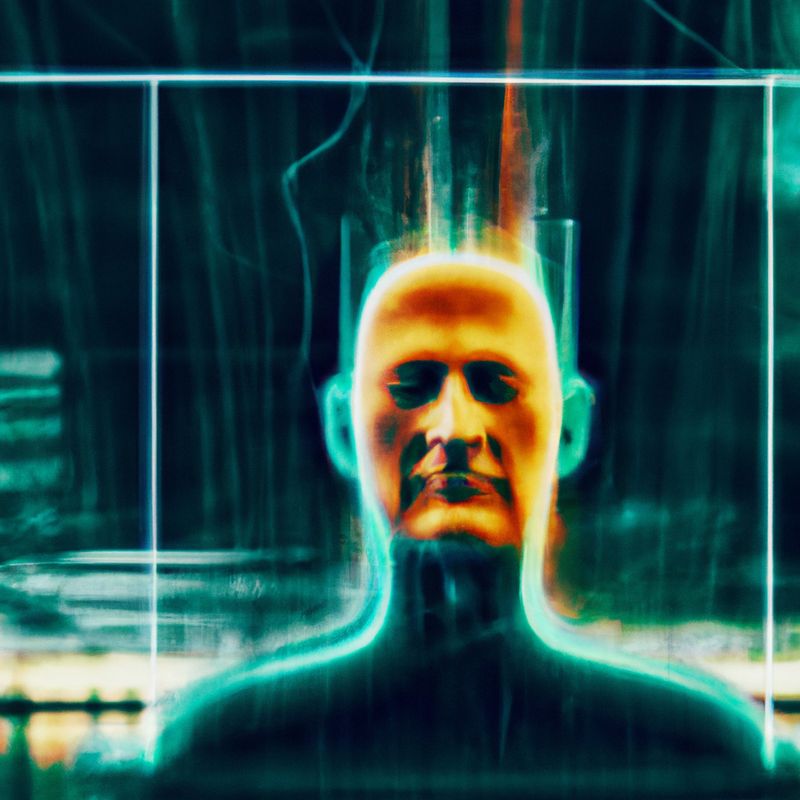Risks

The emergence of artificial intelligence (AI) has been a revolutionary development in the world of technology. AI has the potential to revolutionize the way we live and work, but it also comes with some risks. In this blog post, we’ll explore the potential risks of AI and how to mitigate them.
What Are the Risks of Artificial Intelligence?
The risks of artificial intelligence can be divided into two main categories: technical risks and ethical risks. Technical risks refer to the potential for AI systems to malfunction or behave in unexpected ways. Ethical risks refer to the potential for AI systems to cause harm to humans or society. We’ll explore each of these in more detail below.
Technical Risks of Artificial Intelligence
The most obvious technical risk of AI is the potential for AI systems to malfunction or behave in unexpected ways. This can be due to errors in the algorithm or data used to train the AI system, or due to unforeseen circumstances that the AI system was not designed to handle. As AI systems become more complex and powerful, it becomes increasingly difficult to anticipate and plan for all potential scenarios.
Another technical risk of AI is the potential for malicious actors to exploit AI systems for their own gain. For example, an AI system that is used to control a self-driving car could be hacked and used to cause an accident. AI systems can also be used to manipulate data or generate false information, which can be used to spread misinformation or manipulate public opinion.
Ethical Risks of Artificial Intelligence
The ethical risks of AI are perhaps more concerning than the technical risks. AI systems have the potential to cause harm to humans or society if they are not designed and implemented responsibly. For example, an AI system that is used to make decisions about loan applications or job interviews could be biased against certain groups of people, leading to unfair outcomes.
AI systems can also be used to automate certain processes that could lead to job losses. For example, an AI system could be used to automate customer service tasks, leading to job losses for customer service personnel. As AI systems become more powerful, it is important to consider the potential ethical implications of their use.
Mitigating the Risks of Artificial Intelligence
The risks of AI can be mitigated by taking a responsible approach to the design and implementation of AI systems. This includes ensuring that AI systems are designed with ethical considerations in mind, such as avoiding bias and ensuring fairness. It also involves ensuring that AI systems are tested thoroughly before being deployed in the real world, and that they are monitored closely once deployed.
Organizations should also ensure that they have the appropriate security measures in place to protect AI systems from malicious actors. This includes measures such as encrypting data, using secure authentication protocols, and monitoring for suspicious activity. Finally, organizations should ensure that they have clear policies and procedures in place to ensure that AI systems are used responsibly and in accordance with applicable laws and regulations.
Conclusion
The emergence of artificial intelligence has the potential to revolutionize the way we live and work, but it also comes with some risks. Technical risks refer to the potential for AI systems to malfunction or behave in unexpected ways, while ethical risks refer to the potential for AI systems to cause harm to humans or society. Organizations should take a responsible approach to the design and implementation of AI systems, and ensure that appropriate security measures are in place to protect AI systems from malicious actors.